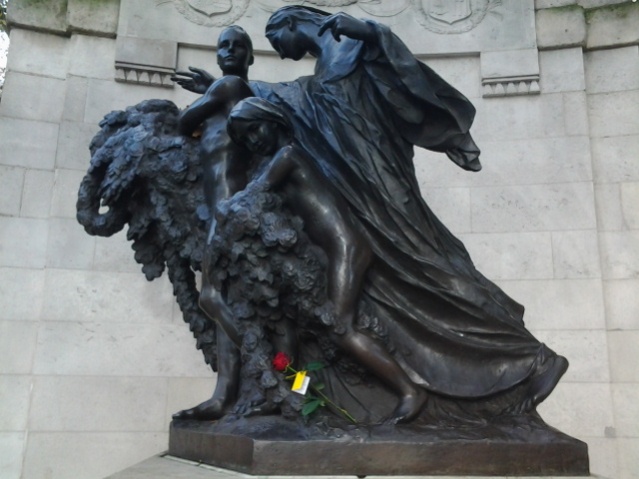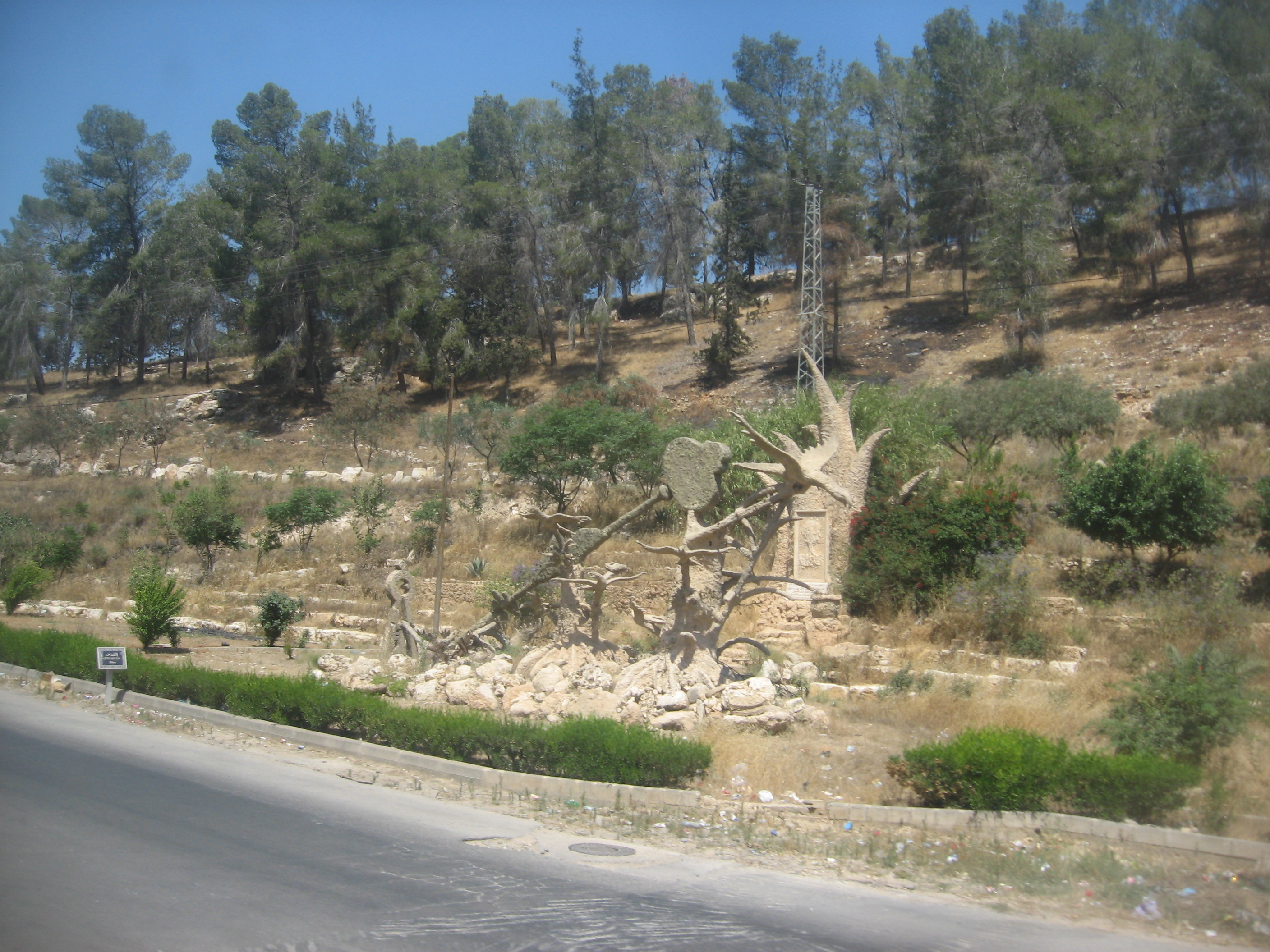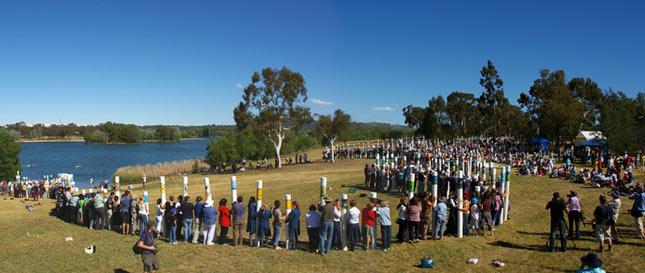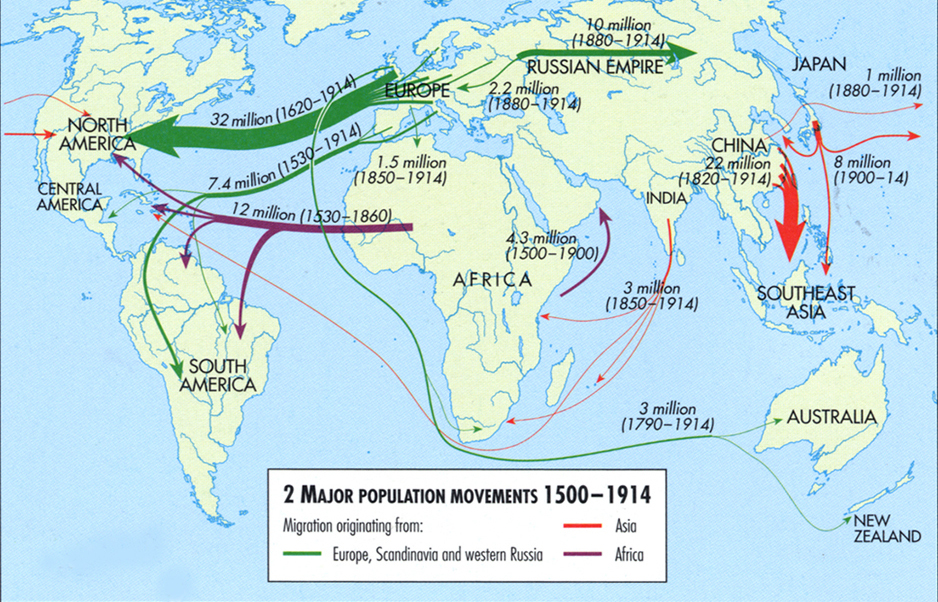

43 Migration & Refugee Monumentss
N.B.: This web page is incomplete.
Right click image to enlarge.
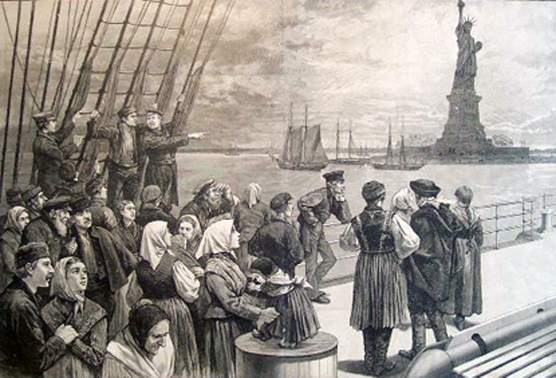


October 28, 1886 - Statue of Liberty, New York Harbor, New York City, New York (USA).


October 12, 1920 - Anglo-Belgian Memorial, Victoria Embankment, London (England). Opposite Cleopatra’s Needle. Gift from the Belgian nation to thank Great Britain for their assistance to Belgium in the 1914-1918 war, when thousands of Belgian people found refuge here during the German occupation of their country. Leon Delacroix, the Belgian Prime Minister, had offered the memorial to the British nation, and it was formally accepted by Lord Curzon. The unveiling was performed by Princess Clementine of Belgium.





July 4, 1928 - "Madonna of the Trail," Springfield, Ohio (USA). "First of 12 monuments dedicated to the spirit of pioneer women in the USA. The series was commissioned by the National Society of Daughters of the American Revolution (NSDAR) and placed along the National Old Trails Highway, extending from Bethesda, Maryland, to Upland, California, in each of the 12 states the road passed through [sic]." Created by Geman-American sculptor August Leimbach [1882-1965].


December 16, 1939 - Monument to Karle Landman, De Kol, Cape (South Africa). Designed by G. Moerdijk. Karle Landman was a leader of the Voortrekkers. Note ten oxen pulling a Voortrekker wagon across South Africa on the globe.



April 17, 1948 - Huguenot Monument & Museum, Franschhoek (South Africa). "Dedicated to the cultural influences that Huguenots have brought to the Cape Colony (and ultimately the whole of South Africa) after their immigration during the 17th & 18th centuries. The monument was designed by J.C. Jongens, completed in 1945 and inaugurated by Dr. A.J van der Merwe on April 17, 1948."

December 16, 1949 - Voortrekker Monument, outside of Pretoria (South Africa). "...to the Afrikaner expansion of the 1830's known as the Great Trek when the pioneers trekked from the western Cape Colony east across the vast Great Karoo in order to escape British domination. (NB: They prefer the word 'expansion' rather than 'migration.' There [is] a display in the museum explaining the difference.) Eventually they established a separate Afrikaner nation in the Transvaal with Pretoria as its capital. The Voortrekker Monument itself is massive. It houses a Museum, a Hall of Heroes and historical timeline Frieze, and the great Cenotaph Hall. The Monument sits high atop a mountain protected by a symbolic Laager (or wagon train) Frieze Wall against a Zulu spear fence. You can see it for miles. The monument was built on the grounds of an old fort Schanskop & still has the old (1897) fort to explore along with a new (2008) Afrikaner Heritage Center."

1962 - Mémorial des Martyrs de la Déportation / Memorial of the Deportation, behind Notre Dame Cathedral, Île de la Cité, Paris (France. "To the 200,000 people who were deported from Vichy France to the Nazi concentration camps during World War II. Designed by French modernist architect Georges-Henri Pingusson & was inaugurated by Charles de Gaulle." /// Click here for more monuments related to the Holocaust.


1979 - Elliot Donnelley Center Community Art Garden, Bronzeville, Chicago, Illinois (USA). "Mitchell Caton & Calvin Jones’s classic mural 'Another Time’s Voice Remembers My Passion’s Humanity' (1979, left in image) was restored by Bernard Williams in 1993. Its jazzy montage of figures and textile patterning with the pairing of a wall-high African mask and the face of a contemporary woman links the African past with the present community. 'The Great Migration' (1995, right in image), led by Marcus Akinlana, is a 2,700-square-foot historical narrative documenting the migration of African Americans from the South to Chicago after World War II."

Date? - "Monument to the evacuation of the Gibraltarians 1940-1951," Waterport Avenue, adjoining North Mole (Gibraltar). "The British Government's decision to enforce mass evacuation from the then Crown colony of Gibraltar, in order to increase the strength of The Rock with more British Armed Forces personnel, meant that most Gibraltarians (some for up to ten years) had nowhere to call home. Only those civilians with essential jobs were allowed to stay. However, this event gave the entire community a heightened sense of 'Britishness' by sharing in the war effort."

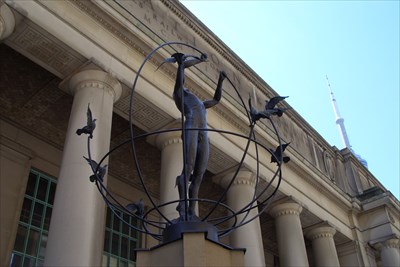
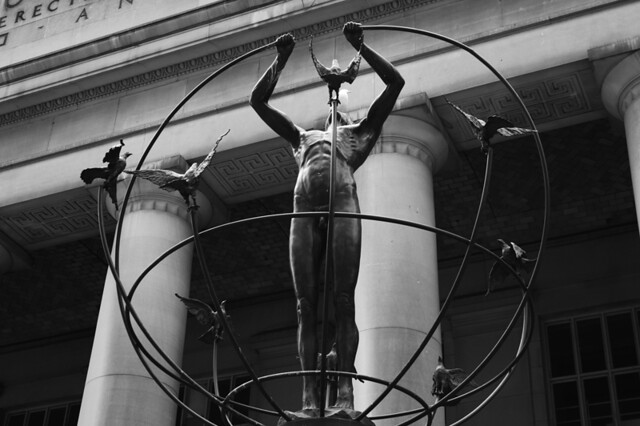


July 1, 1985 - Monument to Multiculturalism, Union Station, Toronto, Ontatio (Canada). Sculpture by Francesco Perilli. Base by Nino Rico. "A tribute to multicultualism, was presented to the City of Toronto on the oaccasion of its sesquicentennial by the Nationnal Congress of Italian Canadians on behalf of the Italian Canadian community."
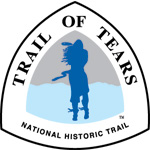
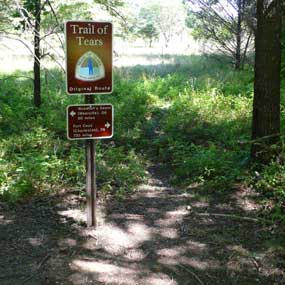
T
RA
I
L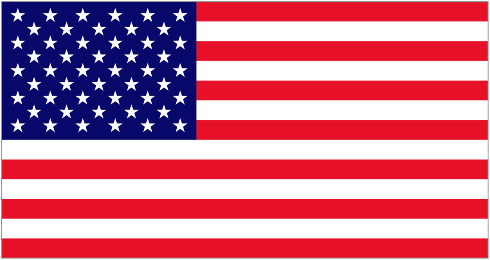








1987 - Trail of Tears National Historic Trail. "'Designated' in 1987. Commemorates the removal of the Cherokee and the paths that 17 Cherokee detachments followed westward. Today the trail includes about 2,200 miles of land and water routes, and traverses portions of nine states (AL, AR, GA, KY, IL, MO, NC, OK & TN). The National Park Service (NPS) administers the trail through staff at an office in Santa Fe, New Mexico." Click here for "Places To Go" in each state." Right image shows Pea Ridge, Arkansas. /// Click here for more monuments related to the Trail of Tears.
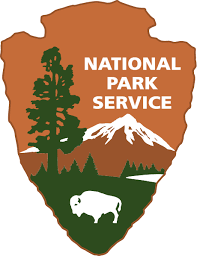

M
U
S
E
U
M
September 10, 1990 - Immigration Museum, Ellis Island, New York (USA). "Gateway for millions of immigrants to the United States as the nation's busiest immigrant inspection station from 1892 until 1954... Restoration & adaptive use of the Beaux-Arts Main Building, one of the most symbolically important structures in American history, [required] $150 million..."


M
E
MO
R
I
A
L1991 - Monument to the 'Struma' and 'Mefkura,' Ashdod (Israel). Text of marker: "This monument commemorates the two illegal immigrant ships that the British refused to allow to enter the country. The 'Struma' was sunk in the Black Sea in February 1942 with 770 illegal immigrants from Romania on board. Only one of the passengers survived. The 'Mafkura' sailed from the Romanian port of Constanze in August, 1944. During its passage it was damaged by gunfire from an unidentified vessel - evidently a German submarine - and quickly sank. Of the 310 passengers on board, only 5 survived. The monument pays tribute to the entire illegal immigration operation to Palestine, and to the bravery of these illegal immigrants, many of whom paid with their lives for the desire to reach the Holy Land."


1995 - "Universal Links on Human Rights," Amiens Street & Memorial Road, Dublin (Ireland). On a traffic island close to Busáras & the Customs House. "A sphere of welded interlinked chains and bars, 260 cm in diameter, housing an eternal flame in its center, powered by natural gas from the Kinsale Head gas field. Commissioned by Amnesty International in 1995 & designed by Tony O'Malley. Represents the jails holding prisoners of conscience."
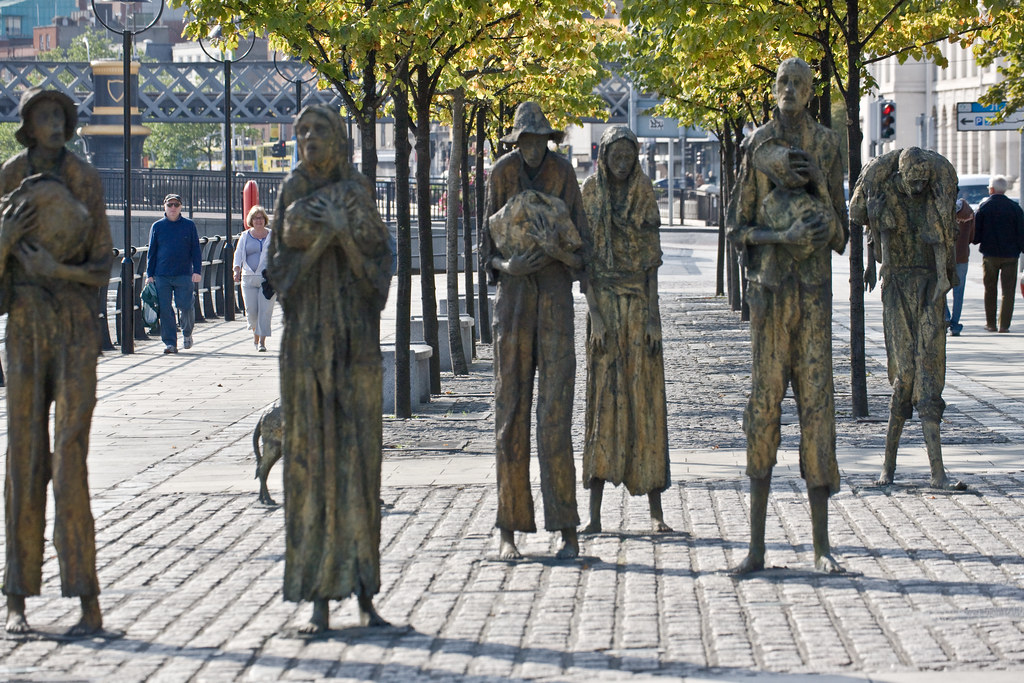
1997 - "Famine," St. Stephen's Green, Custom House Quay, Docklands, Dublin (Ireland). By Edward Delaney. This location is a particularly appropriate & historic as one of the first voyages of the Famine period was on the 'Perserverance' which sailed from Custom House Quay on St. Patrick's Day 1846. The Steerage fare on the ship was £3 and 210 passengers made the historical journey. They landed in New York on the 18th May 1846. All passengers and crew survived the journey. Click here for Wikipedia's "List of memorials to the Great Famine."
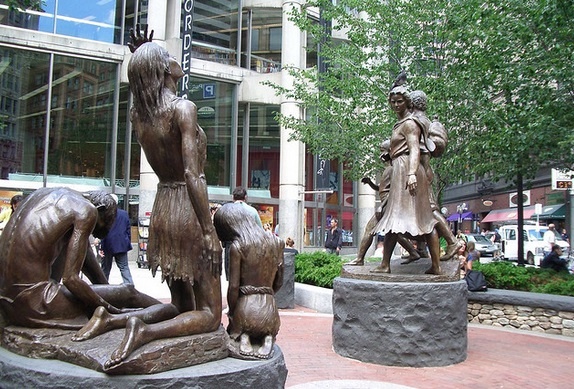

1998 - Irish Famine Memorial, Financial District, Boston, Massachusetts (USA). "During the height of the famine in the mid-19th century, roughly 100,000 Irish immigrated to Boston as they faced starvation. If any American city is right to immortalize the tragic famine, it's Boston. But the symbolism evoked in the Irish Famine Memorial is painfully unclear. The memorial is a duality of sculptures; one depicting an affluent family, the other a group of emaciated, scantily clad bodies. Is it intended to be a before-and-after scene, with the healthy Irish family subjected to squalor because of famine? Or is it about making a starving population invisible under the complacent eyes of healthy on-lookers? Who can say? After the memorial opened in 1998, Boston Globe art critic Christine Temine famously wrote, '[it] reduces a great tragedy to a sentimental cartoon—and a badly designed one, at that.'"


M
U
S
E
U
M
July 1, 1999 - Pier 21: Canada's Immigration Museum, 1055 Marginal Road, Halifax, Nova Scotia (Canada). "We celebrate and share the Canadian immigration experience by honouring the unique stories of immigration throughout history. We also pay tribute to 1.5 million immigrants, war brides, displaced people, evacuee children and Canadian military personnel who passed through Pier 21 between 1928 and 1971."
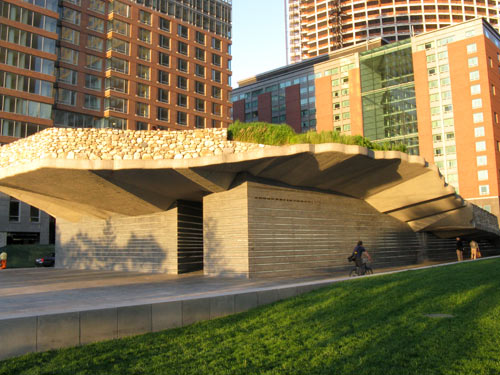


July 16, 2002 - Irish Hunger Memorial, Vesey Street & North End Avenue, Battery Park City, New York City, New York (USA). "Designed collaboratively by artist Brian Tolle, landscape architect Gail Wittwer-Laird, and 1100 Architect. Dedicated to raising awareness of the Great Irish Famine - referred to by the Irish as 'The Great Hunger' or An Gorta Mor in Irish Gaelic - that killed up to a million people in Ireland between the years 1845 & 1852. It is a uniquely landscaped plot, which utilizes stones, soil & native vegetation brought in from the western coast of Ireland & contains stones from all of the different counties of Ireland. Also incorporates an authentic rebuilt Irish cottage of the 19th century."

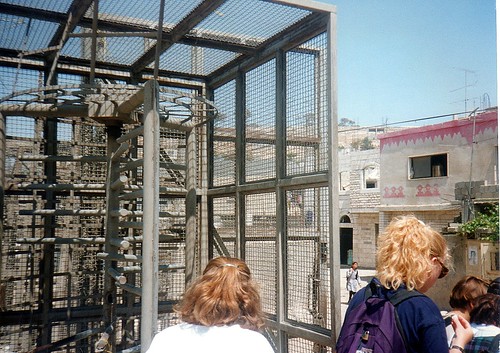
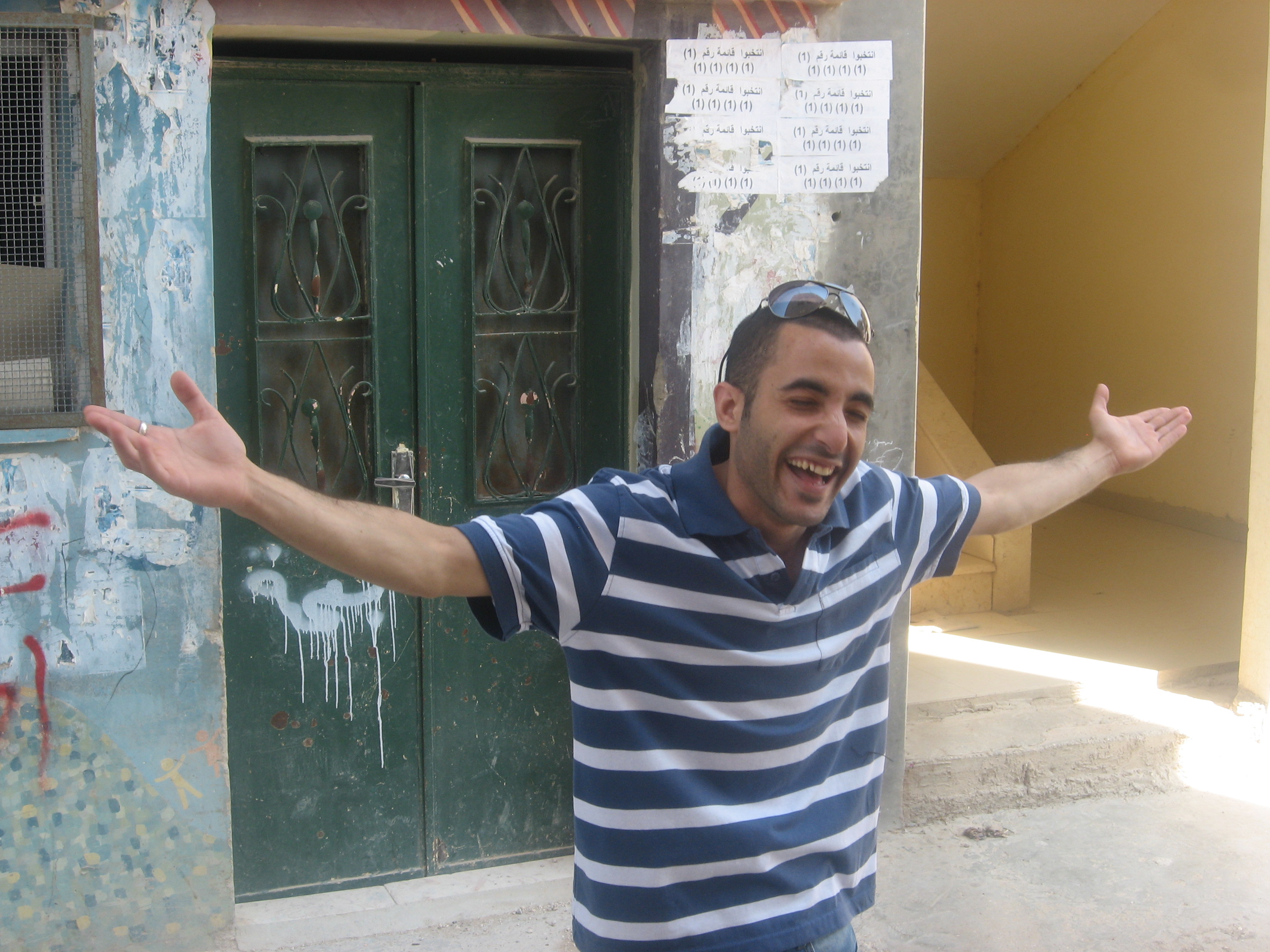

G
A
T
EC
A
M
PAbout 2002 - Gate & Murals, D'heisheh Refugee Camp, Bethlehem (Occupied West Bank). Conversation at Ibdaa Cultural Center with Issa LNU (middle image). Walking tour. Many murals, some same as Banksy paintings on & near the separation wall (e.g. right image). Several show Handala (image at right), symbol of Palestinian defiance by cartoonist Naji al-Ali [1938-1987]. Left image shows entrance/exit gate constructed by Israel & retained as a monument after fence removed (now hung with symbolic keys). /// Click here for more monuments related to Palestinian refugees.


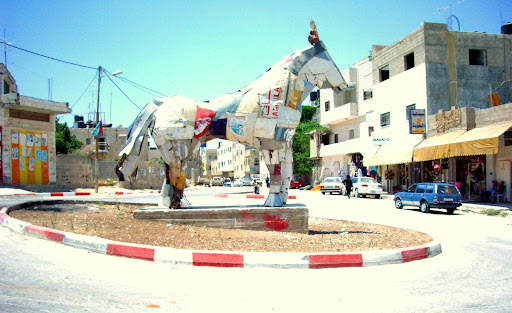
H
O
R
S
E2003 - Horse, Jenin Refugee Camp, Jenin (Occupied West Bank). By German sculptor Thomas Kippler, along with 12 Jenin teenagers. "A very artistic entrance into a seemingly grim place. But like many images here, what you see is not necessarily all there is to the sory. The horse is made up of scraps and pieces of cars that were blown up when the Israeli army invaded April 1-11, 2002. And when you look at the right side of the horse, you are able to make out a sign that reads 'ambulance' indicating that no vehicles were off limit."
Date? - Unidentified monument, on highway just south of Jenin (Occupied West Bank). Includes at least four large birds & shapes which might be a key & keyhole (symbol of Palestinian resistance?). Please email geovisual@comcast.net if you have any information about this monument. Photo taken from a moving bus on June 20, 2011.


October 19, 2003 - Irish Immigration Memorial, Front & Chestnut Streets, Penn's Landing, Philadelphia, Pennsylvania (USA). "Tells the story of Irish immigration after the famine. Beginning at one end with suffering & death in Ireland, immigrants head toward ships & disembark at the other end in America. It's a fascinating study of faces & body language by sculptor Glenna Goodacre. This is my favorite side of the monument: that moment of recognition between the immigrant on the ship and the friend or relative on the dock. Such a scene played out several times as my ancestors arrived in Philadelphia."


November 2003 - Peace Mural, Art, War & Peace Museum, 1620 Washington Avenue, Miami, Florida (USA). By Vietnamese artist Houng. "In its entirety, the Peace Mural is over 800 feet in length and 8 feet tall, comprised of nearly 2000 paintings that capture highly evocative images and concepts of war and related themes, including the effects of war on women and children, veterans, refugees, torture, and displacement." Gallery moved from Jensen Beach to Miami in November 2007.
M
U
S
E
U
M
August 2004 - National Underground Railroad Freedom Center, 50 East Freedom Way, Cincinnati, Ohio (USA). Interprets the Underground Railroad and "pays tribute to all efforts to abolish human enslavement and secure freedom for all people." Described on pages 348-349 of "A Traveller's Guide to the Civil Rights Movement" by Jim Carrier (2004). One of 27 US museums in "Museums for Peace Worldwide" edited by Kazuyo Yamane (2008). to see Wikipedia article. /// Click here for more monuments related to slavery & emancipation.
M
U
S
E
U
M
2005 - Arab American National Musuem, 13624 Michigan Avenue, Dearborn, Michigan (USA). "First museum in the world devoted to Arab American history & culture. By bringing the voices and faces of Arab Americans to mainstream audiences, we continue our commitment to dispel misconceptions about Arab Americans and other minorities. We brings to light the shared experiences of immigrants & ethnic groups, paying tribute to the diversity of our nation." Entrance mural designed by Dr. Fayeq Oweis of California. A Smithsonian Affiliate.



2005 - Museum of the African Diaspora (MOAD), 685 Mission Street, San Francisco, California (USA). Permanent Exhibitions: * CELEBRATIONS: RITUALS AND CEREMONY * MUSIC OF THE DIASPORA * CULINARY TRADITIONS * ADORNMENT * SLAVERY PASSAGES * THE FREEDOM THEATER * AFRICAN ORIGINS MAP

2006 - "Children of the Kindertransport," Hope Square, Liverpool Street Railway Station, London (England). Sculpted by Frank Meisler. Honors Nicholas Winton.
2008 - "Züge in das Leben – Züge in den Tod / Trains to Life - Trains to Death," Forecourt of the Friedrichstraße station, Berlin (Germany). Sulpture erected on one of the most central places in Berlin. Remembers the approximately 10,000 Jewish children who could flee from the German Reich to Great Britain between 1938 and 1939 by help of the Kindertransporte / Refugee Children's Movement." /// Information courtesy of Christian Bartolf. Sculpted by Frank Meisler. Honors Nicholas Winton.
2009 - "Kindertransport - the Departure," Glowny railway station, Gdansk (Poland). Sculpted by Frank Meisler. Honors Nicholas Winton.
December 2011 - "Channel Crossing to Life," Port of Rotterdam (Netherlands). Sculpted by Frank Meisler. Honors Nicholas Winton.
October 2006 - SIEV X Memorial, Canberra, Australian Capital Territory (Australia). Commemorates 300 refugees (mostly Iraqi) who were rescued in October 2001 from a 19.5 metre fishing boat. SIEV is naval jargon for "Suspected Illegal Entry Vessel." Temporary monument reconstructed annually.
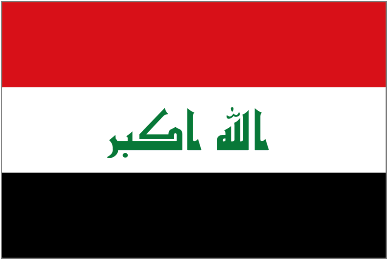


June 21, 2007 - Commemorative Wall, Ireland Park, Eireann Quay, Toronto, Ontario (Canada). Adjoins Canada Malting Silos. "Commemorates the 38,000 Irish famine victims who landed on Toronto’s shores in 1847." /// "An imposing wall made exclusively of limestone imported from Kilkenny which has the names of those who died in 1847... Includes many of Toronto's citizens who gave their life to the Irish cause, including Bishop Michael Power."

A
R
C
HMay 8, 2008 - "Gate of Return," Aida Refugee Camp, Bethlehem (Occupied West Bank). "Palestinians watch as a huge 10-metre long iron key is placed atop the symbolic "Return Gate" during a gathering to mark the 60th anniversary of the "Nakba" (catastrophe). Several hundred Palestinians chanting "the right of return is sacred" staged a march today around a truck carrying a 10-tonne metal key symbolising the homes people lost in 1948 when the Jewish state of Israel was created."
K
E
YDate? - Key Symbolizing the Nakba, at an entrance to Jericho (Occupied West Bank).


April 25, 2009 - Vietnamese Boat People Monument, Westminster, Orange County, California (USA). Memorializes the tens of thousands who died in the high seas as they tried to escape communist Vietnam after the Fall of Saigon in April 1975. Built by Cam Ai Tran and Hap Tu Thai who escaped from Vietnam in 1979 by a boat which capcized, forcing them to swim ashore near Hai Nam Island in the South China Sea.
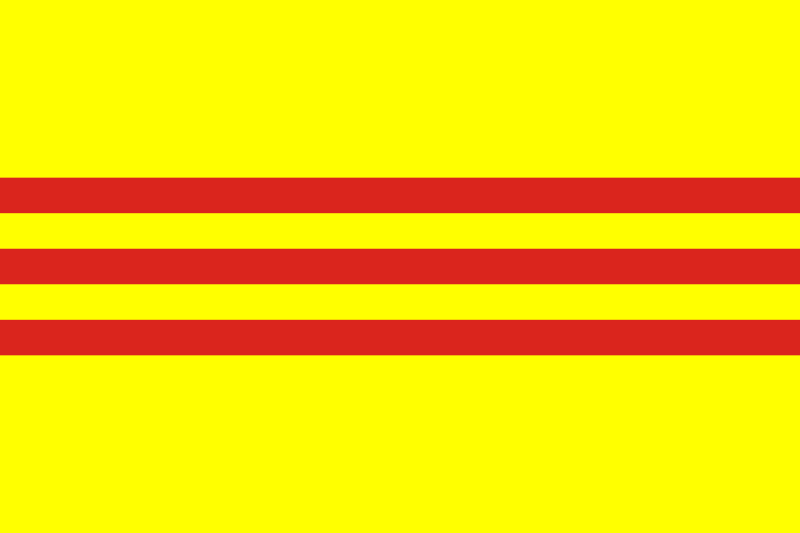
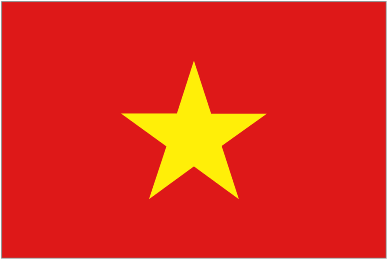

2010 - "Monument à la déportation des Acadiens / Monument to the Deportaiton of the Acadians" (Grand Dérangement), Micquelon Island, St.-Pierre-et-Micquelon (France). St.-Pierre-et-Michelon is only part of North America not in US or Canada; its population is 6,080. "Projet initié dans le cadre de la Commémoration du 250e anniversaire du Grand Dérangement et vise trois objectifs: La commémoration du Grand Dérangement; la sensibilisation à l'histoire et à la culture acadienne; la promotion de l'Acadie contemporaine. Ces monuments rendent hommage à l'Odyssée du peuple acadien et vise la période du Grand Dérangement et en particulier, son déroulement en quatre étapes: Embarquement; le débarquement; le transit/les migrations; la recolonisation de l'Acadie." Identical monuments are in New Brunswick, Nova Scotia, PEI, Québec & Louisiana. /// "Grand Dérangement is the French name for the Great Upheaval or Expulsion of the Acadians from Nova Scotia by the British in 1755."
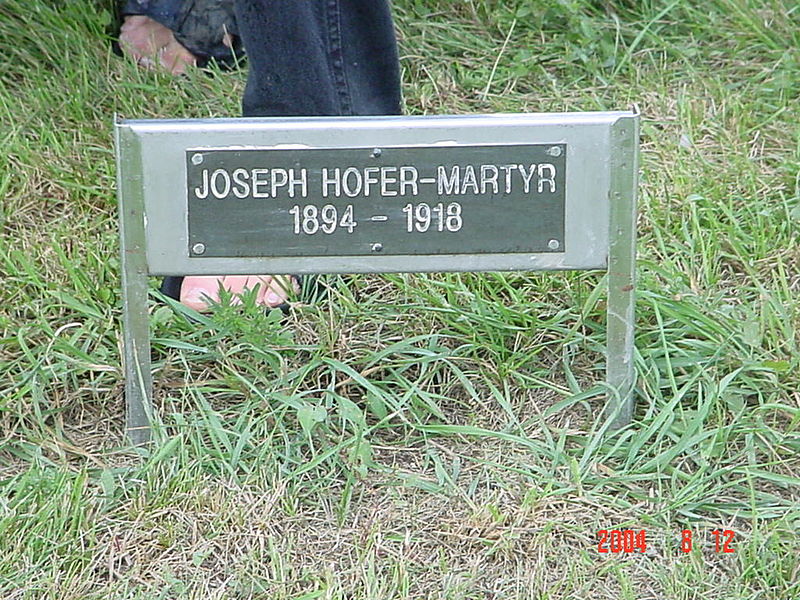

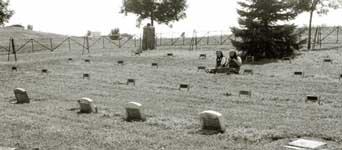


Summer 2010 - New stainless steel markers at graves of the "Alcatraz Martyrs," Friedhof/Cemetery, Rockport Colony (Hutterite), Hanson County, South Dakoka (USA). 18 miles from Alexandria, SD. Hutterites Joseph Hofer [1894-1918] & Michael Hofer [1893-1918] died as a result of "persecution [in Alcatraz & Leavenworth prisons] for their religious beliefs during World War I, in an era before alternative service was effectively implemented for conscientious objectors... The deaths of the brothers were a main catalyst for the mass movement of Hutterites [from the USA] to Canada." See books by Joanita Kant (2011) & Duane Stolzfus (2013).


September 8, 2010 - Relocation Monument, Resolute Bay, Cornwallis Island, Nunavut (Canada). "In August 1953, seven or eight families [87 Inuit] from Inukjuak, northern Quebec (then known as Port Harrison), were transported [by Canadian Coast Guard vessel] to Grise Fiord & Resolute Bay." /// "In April 2008, Nunavut Tunngavik Inc. (NTI) commissioned two of Nunavut’s leading carvers to create two monuments. Simeonie Amagoalik created a carving of a man in Resolute Bay..." (Population of Nunavut is 31,906.)



September 10, 2010 - Relocation Monument, Grise Fiord, southern tip of Ellesmere Island, Nunavut (Canada). "...Looty Pijamini (right image) created a granite carving of a woman & child in Grise Fiord."



M
U
S
E
U
MDecember 9, 2010 - Humanity House (HH), Prinsegracht 8, The Hague (Netherlands). "Tells you more than simply the story of emergency aid & international humanitarian law. Visitors hear, see & experience the true stories of victims of disasters & conflicts all over the world... A spectacular journey of discovery makes the unimaginable imaginable. Humanity House is not only a museum but also a platform that regularly hosts lectures, debates, workshops, exhibitions & film evenings. Humanity House offers schools an educational programme that confronts children aged 10 & older with life in a refugee camp." Click here for video. Information courtesy of Peter van den Dungen.
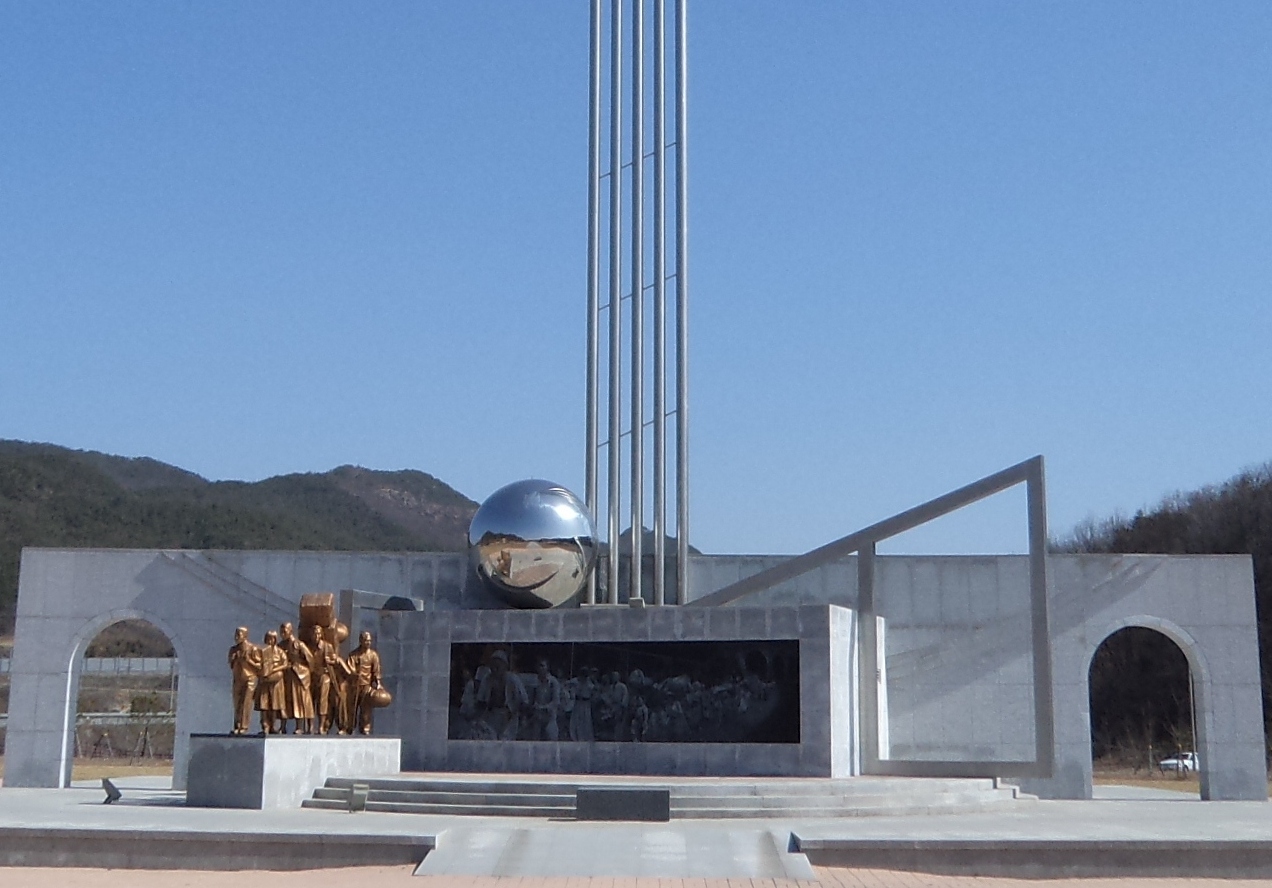
October 2011 - Memorial Tower, No Gun Ri Peace Park, No Gun Ri (South Korea). Image shows "its three- and two-dimensional depictions of the refugees of 1950, and two arches representing the No Gun Ri tunnel entrances. The 29-acre park, adjacent to the massacre site in Yongdong County in central South Korea, opened in October 2011. It also contains a museum and a peace education center."


July 15, 2012 - "Granite Marker, Town of Berlin, Marathon County, Wisconsin (USA). "Commemorates Pomeranian immigrants who settled in the area. Organized by the Pommerscher Verein Central Wisconsin, a heritage group that studies the history, culture & Low German (or Platt) language known to their ancestors, the celebration included singing, dancing, speeches & even a release of pigeons as the monument was unveiled. The songs included a version of "On Wisconsin" and "You Are My Sunshine" in Platt, as well as "Das Pommernlied," which was written in 1850. The group is believed to be the first to translate the Wisconsin state song into a dialect language."
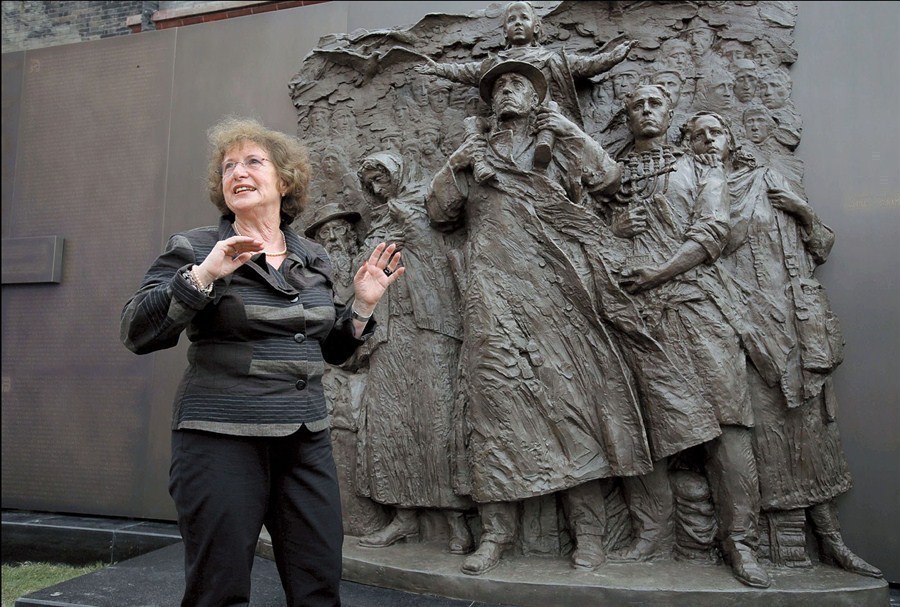
Sepember 2, 2014 - Jewish Refugee Memorial Wall, Shanghai Jewish Refugees Museum, Tilanqiao, Shanghai (China). "Acknowledges the 13,732 people who fled Europe to escape persecution by the Nazis during World War II. A statue of six Jewish people standing beside a 37-meter-long, 2.5-meter-high copper wall, on which has been etched the names of all the Jewish people known to have taken shelter in Shanghai. The statue symbolizes the 6 million Jews killed in the Holocaust, its creator, Chinese-American artist He Ning, told a press conference... He said he got the idea for a name wall in 2002, when he & Chen Jian, who is now the curator of the museum, heard that a planned meeting of Shanghai Jewish refugees in San Francisco had to be canceled as most of them had died. 'I was very sad,' He said. 'It seemed wrong that history was dying out with the people.' It was not until the refugees museum opened in 2007 - on the former site of the Ohel Moshe Synagogue - that the two men began making plans for a permanent memorial..."

Please email your comments & questions to geovisual @ comcast.net. Thank you.

